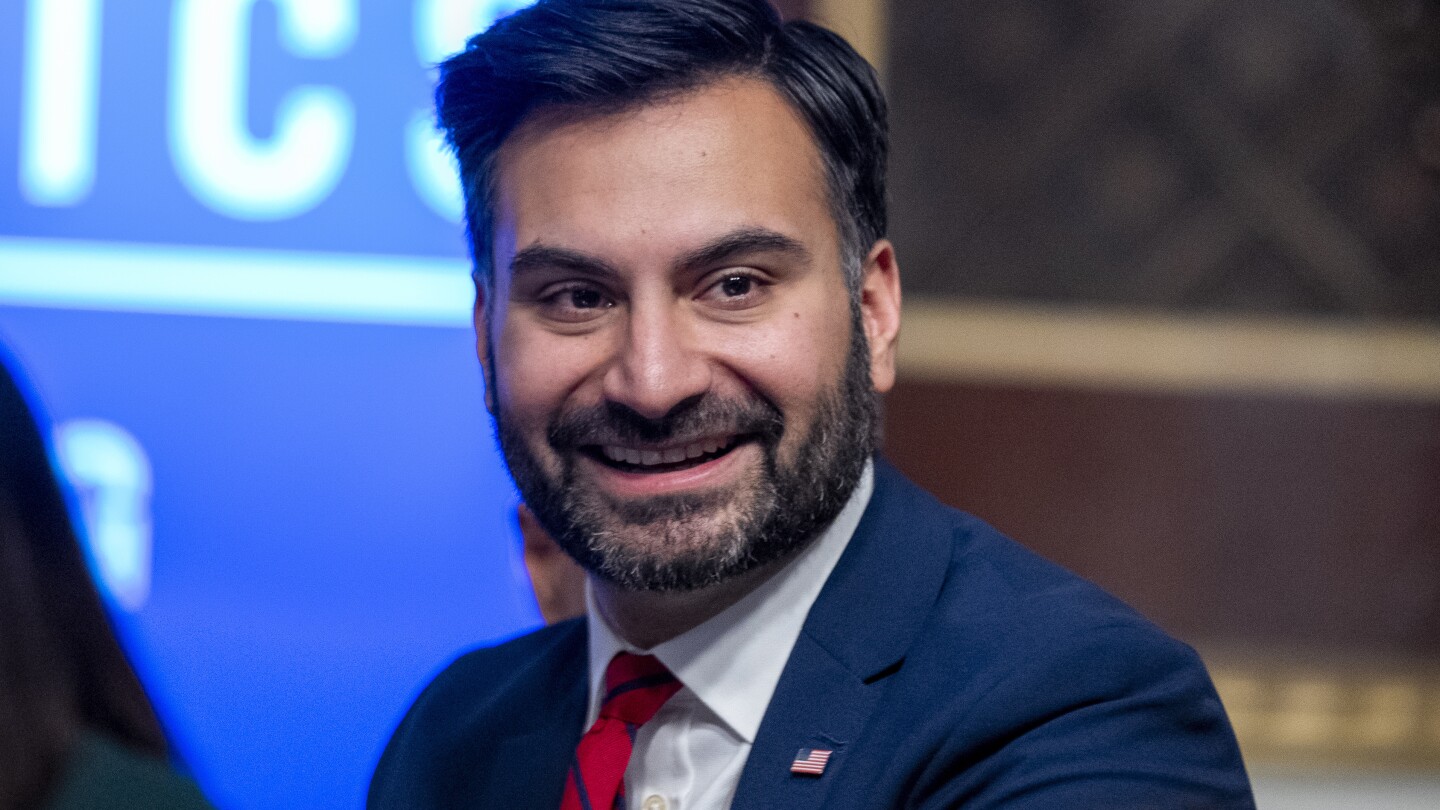WASHINGTON (AP) — The Biden administration on Saturday issued a final rule aimed at reducing methane emissions, targeting the U.S. oil and natural gas industry for its role in global warming as President Joe Biden seeks to advance his climate legacy.
The Environmental Protection Agency said the new rule will sharply reduce methane and other harmful air pollutants generated by the oil and gas industry, promote use of cutting-edge methane detection technologies and deliver significant public health benefits in the form of reduced hospital visits, lost school days and even deaths. Air pollution from oil and gas operations can cause cancer, harm the nervous and respiratory systems and contribute to birth defects.
EPA Administrator Michael Regan and White House Climate adviser Ali Zaidi announced the final rule at the United Nations climate conference in Dubai, United Arab Emirates.
Oil and gas operations are the largest industrial source of methane, the main component in natural gas and far more potent than carbon dioxide in the short term. It is responsible for about one-third of planet-warming greenhouse gas emissions. Sharp cuts in methane emissions are a global priority to slow the rate of climate change and are a major topic at the climate conference, known as COP28.
Presidents, prime ministers and royals from nations rich and poor have vowed to reduce how much their countries spew heat-trapping gases and asked their colleagues to do better.
“On day one, President Biden restored America’s critical role as the global leader in confronting climate change,’’ Regan said, referring to Biden’s actions returning the U.S. to the Paris climate agreement and ordering an immediate review of environmental regulations rolled back by the previous administration.
The methane rule finalizes a proposal Biden made at a UN climate conference in Scotland in 2021 and expanded a year later at a climate conference in Egypt. The rule backs up Biden’s initial commitments “with strong action, significantly slashing methane emissions and other air pollutants that endanger communities,” Regan said.
The rule targets emissions from existing oil and gas wells nationwide, rather than focusing only on new wells as previous EPA regulations have done. It also regulates smaller wells that will be required to find and plug methane leaks. Small wells currently are subject to an initial inspection but are rarely checked again for leaks.
Studies have found that smaller wells produce just 6% of the nation’s oil and gas but account for up to half the methane emissions from well sites.
The plan also will phase in a requirement for energy companies to eliminate routine flaring of natural gas that is produced by new oil wells.
The new methane rule will help ensure that the United States meets a goal set by more than 100 nations to cut methane emissions by 30% by 2030 from 2020 levels, Regan said.
The EPA rule is just one of more than 100 actions the Biden administration has taken to reduce methane emissions, Zaidi added.
“From mobilizing billions in investment to plug orphaned wells, patch leaky pipes and reclaim abandoned mines, to setting strong standards that will cut pollution from the oil and gas sector, the Biden-Harris Administration is putting the full throw-weight of the federal government into slashing harmful methane pollution,’’ he said.
The new methane rule will be coordinated with a methane fee approved in the 2022 climate law. The fee, set to take effect next year, will charge energy producers that exceed a certain level of methane emissions as much as $1,500 per metric ton of methane. The plan marks the first time the U.S. government has directly imposed a fee, or tax, on greenhouse gas emissions.
The law allows exemptions for companies that comply with the EPA’s standards or fall below a certain emissions threshold. It also includes $1.5 billon in grants and other spending to help companies and local communities improve monitoring and data collection, and find and repair natural gas leaks.
Harold Wimmer, president and CEO of the American Lung Association, called the new rule a victory for public health.
“EPA heeded the urgent guidance of health experts across the country and finalized a strong methane rule that, when fully implemented, will significantly reduce hazardous air pollutants and climate-warming methane pollution from the oil and gas industry,’’ he said in a statement.
Methane has been shown to leak into the atmosphere during every stage of oil and gas production, Wimmer said, and “people who live near oil and gas wells are especially vulnerable to these exposure risks. This rule (is) vital to advancing environmental justice commitments.’’
David Doniger, a climate expert at the Natural Resources Defense Council, called methane a “super-polluter.” He said in an interview that the Biden plan “takes a very solid whack at climate pollution. I wish this had happened 10 years ago (under the Obama administration), but I’m really happy it’s happening now.’’
Fred Krupp, president of the Environmental Defense Fund, said the new rule ensures that “the U.S. now has the most protective methane pollution limits on the books. With other countries also zeroing in on methane as a key climate risk, it’s a signal to operators worldwide that clean-up time is here,’’ he said.
The oil industry has generally welcomed direct federal regulation of methane emissions, preferring a single national standard to a hodgepodge of state rules. Even so, energy companies have asked EPA to exempt hundreds of thousands of the nation’s smallest wells from the pending methane rules.

